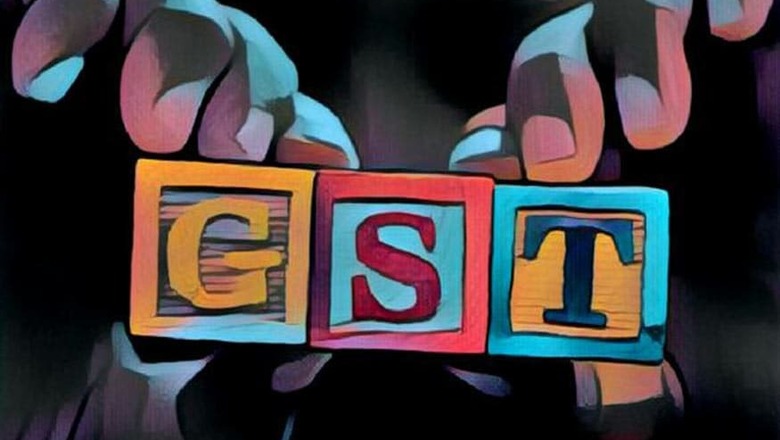
views
New Delhi: As the GST completes two years in operation, India Inc Sunday said it is time for the tax reform to leapfrog to its second phase by bringing electricity, oil & gas, real estate and alcohol under its ambit and converging the rate structure into 2-3 slabs.
"GST 2.0 will take the Indian economy to the next growth level," CII President Vikram Kirloskar said.
Batting for a single registration process pan-India, CII said building on the milestones of the past two years, it is time to implement GST 2.0.
"While we acknowledge that the teething troubles related to GST implementation may have been resolved, we now need to move forward to achieve the underlying objective of GST framework of creating a simplified indirect taxation system," Ficci President Sandip Somany said.
The industry body claimed it is generally observed that when members of the Advance Ruling Authority are officers of state tax and central tax departments, they tend to be a revenue-bias while interpreting the provisions of the GST law and pronouncing a ruling.
Ficci said divergent rulings by different revenue officers in various states has created ambiguity, environment of uncertainty and chaos among taxpayers, suggesting the government should contemplate constituting an independent high-level central body similar to the one under the erstwhile indirect tax regime as 'Authority of Advance Ruling' under the GST regime.
Veteran industrialist and CII former President Adi Godrej said in just two years, GST has consolidated and is delivering notable outcomes for smoother business, lower logistics costs, and easier payment of taxes in digital mode.
"We believe GST will be a forceful instrument for driving economic growth for India in years to come," he added.
CII Director General Chandrajit Banerjee said Indian industry was also really flexible in its approach and that helped in successful roll out of Goods and Services Tax (GST).
Ficci chief Somany stated that first step should be immediate inclusion of 5 per cent GST on natural gas.
Further, till the time petroleum products are brought within GST net, suitable amendment should be brought in the excise and VAT laws to allow credit of GST paid on inputs/input services and capital goods against payment of excise duty/VAT to the manufacturers/suppliers of petroleum products, he said.
With stabilisation of revenues, there is need to further rationalise the category of 28 per cent to only cover de-merit goods. From a medium-term perspective, a rate structure of 2-3 slabs will be welcome and this can also address inverted tax issues, CII said.
It further suggested adopting a single registration process, with IGST for the respective states being paid by such centralised registrants and doing away with GST on cross-charge for services.
CII recommended that electricity, oil and gas, real estate and alcohol should be included under GST at the earliest, which will lead to seamless input tax credit availability across all sectors.
CII added that issues in simplification of GST compliances and filing of returns, matching of invoices and getting seamless input tax credit need to be taken up. The new format of filing of simplified returns released for trials is yet to be tested.
Ficci said the GST Council should consider converging the existing band of GST rates to three in line with international standards and highlighted the need for a 'Zero GST Rating' for healthcare sector.


















Comments
0 comment